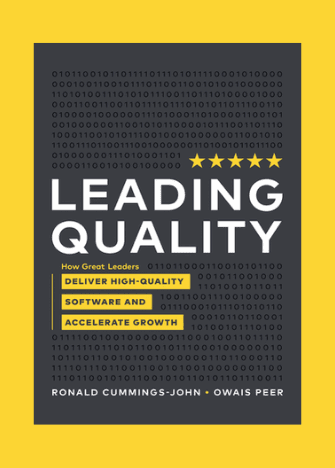My name is Moses Eniola. I’m a QA Software Tester(Manual Testing) with three years of experience in quality-assuring different websites and applications manually. I’ve also helped in finding relevant content and visual bugs. Engaged in many test cases for cycles. Also, took part in Usability Suggestions Tasks.
Also, I’m a year three student of the Department of Linguistics and African Languages, the University of Ibadan with three years of experience in translation, language annotations, sentence generation (both in English and Yoruba), etc.
As the name suggests, manual testing is a test procedure where a QA manually evaluates the software program to find defects. QAs carry out this task by adhering to a written test plan that lists a variety of distinct test cases. The QA must assess the online or mobile application’s usability from the viewpoint of the end user.
Any test strategy must include manual testing since it provides QAs with a deeper understanding of the end user’s opinion. Manual testing evaluates software based on the most crucial metric: User Experience since it is performed by a human without the assistance of test automation frameworks.
Risk is a term that refers to both the chance and effects of a negative outcome, such as significant setbacks or financial losses. Risk reduction is the primary emphasis of software testers’ work. Which test will best reduce the risk is at the center of test design and development.
Some of the risks involved in manual testing are:
1. limited timeframes
2. Unclear project parameters
3. Inadequate resources
4. Changing requirements over time.
While certain difficulties are more manageable than others, accurate knowledge of issues enables better anticipation of their emergence.
In conventional manual testing, the testers use a written test plan made up of a variety of test cases to manually search for software bugs. It requires the tester to put themselves in the user’s shoes and examine how the website or mobile app behaves, determining if it operates in a manner that is functionally consistent or whether it exhibits a different, frequently incorrect behavior.
The procedures for risk management can be outlined once QA teams have investigated and assessed potential risks. The importance of potential hazards to the system and software functionality can be determined. Testing techniques might incorporate a strategy to reduce risk by avoiding the likely or conceivable flaws and circumstances that would result in the application or system failure.







